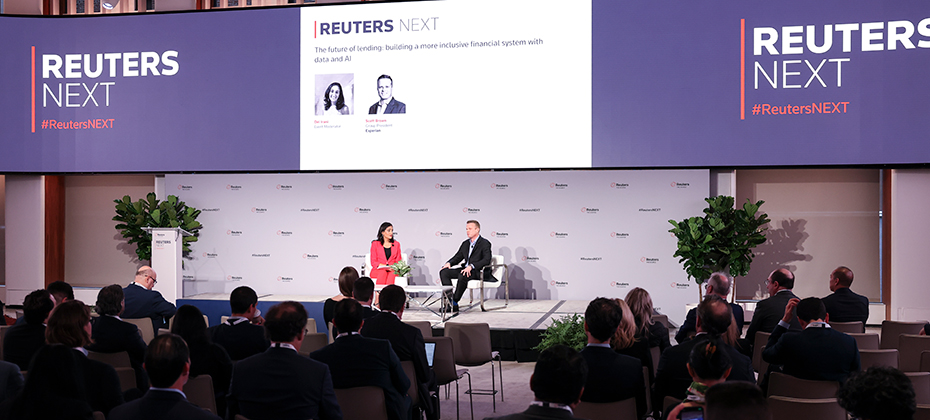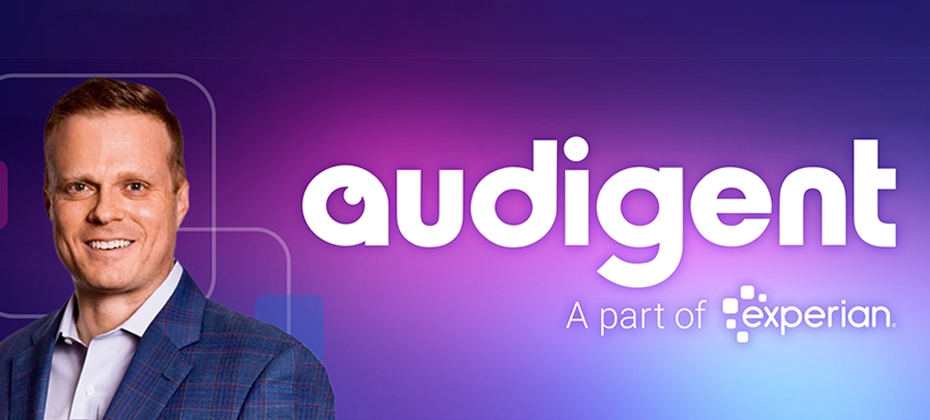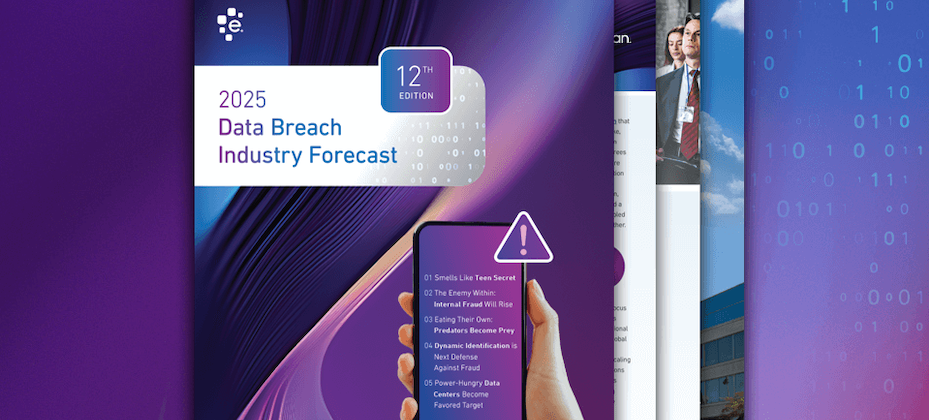
I opened a few of my daily newspapers this morning (yes, the print kind!), and pondered some seemingly conflicting messages. In the Wall Street Journal, I saw the headline “Economic Reports Fan Fears.” In the New York Times, the top business story read “In a Shift, Debt Levels are Falling,” noting that American consumers are reducing their debt. There is merit and editorial integrity in each story – no doubt. As someone who works in the financial services business, I understand that there may be different barometers and reports to gauge our collective perspective on the current economy. But, to the everyday consumer, it might be puzzling. We thought this might provide a good opportunity to remind people that, regardless of the various barometers and reports, one premise remains true: commit yourself to financial literacy. The average debt held by American consumers older than age 19 is more than $78,000. For the first time in U.S. history total student loan debt exceeds total U.S. credit card debt. Yet, most high school students graduate without having learned to balance a checking account. Young people entering the work force or going to college know how to dissect a frog, but they have never been introduced to critical life skill concepts like the power of compound interest, the cost of credit, or the importance of credit reports and credit scores in their daily lives. A basic understanding of these essential concepts empower everyone to make better decisions about money, leading to greater financial success. According to some, that in turn leads to reduced stress and even better overall health and greater general happiness. To improve your financial literacy, visit www.LiveCreditSmart.com. Photo: Shutterstock

Last month, the Network Advertising Initiative (NAI)—a coalition of more than 80 leading online marketing companies—released its 2011 annual report reviewing efforts in online advertising self-regulation. In the annual report, which is required by the NAI’s self-regulatory Code of Conduct for Online Behavioral Advertising (OBA), the NAI reviewed the practices of member companies with regards to the collection, use and disclosure of data for OBA purposes. The report identified a high level of compliance among member companies and concluded that industry self-regulatory guidelines have increased transparency and consumer understanding of OBA. Visits to the NAI website increased by 200%, with nearly 8.5 million unique visits. Of those visitors, approximately 840,000 used the NAI’s opt-out tool and nearly 2.5 million visitors went to the educational portion of the site. Photo: Shutterstock

The Death Master File (DMF) is a database operated by the Social Security Administration (SSA) that contains over 87 million records with information on persons who had Social Security numbers and whose deaths were reported to the SSA from 1962 to the present. The DMF is considered a public document under the Freedom of Information Act, and monthly and weekly updates of the file are made available through the Department of Commerce. Congress is considering legislation that would limit access to the DMF to only qualified entities. For example, government agencies, credit reporting agencies, financial institutions and medical organizations use the DMF to verify death and prevent identity fraud. At a hearing before the House Social Security Subcommittee in early February, members of the panel heard from a variety of witnesses who said that more needs to be done to secure DMF records from misuse while also recognizing the importance of ensuring access for legitimate uses. Photo: Shutterstock


